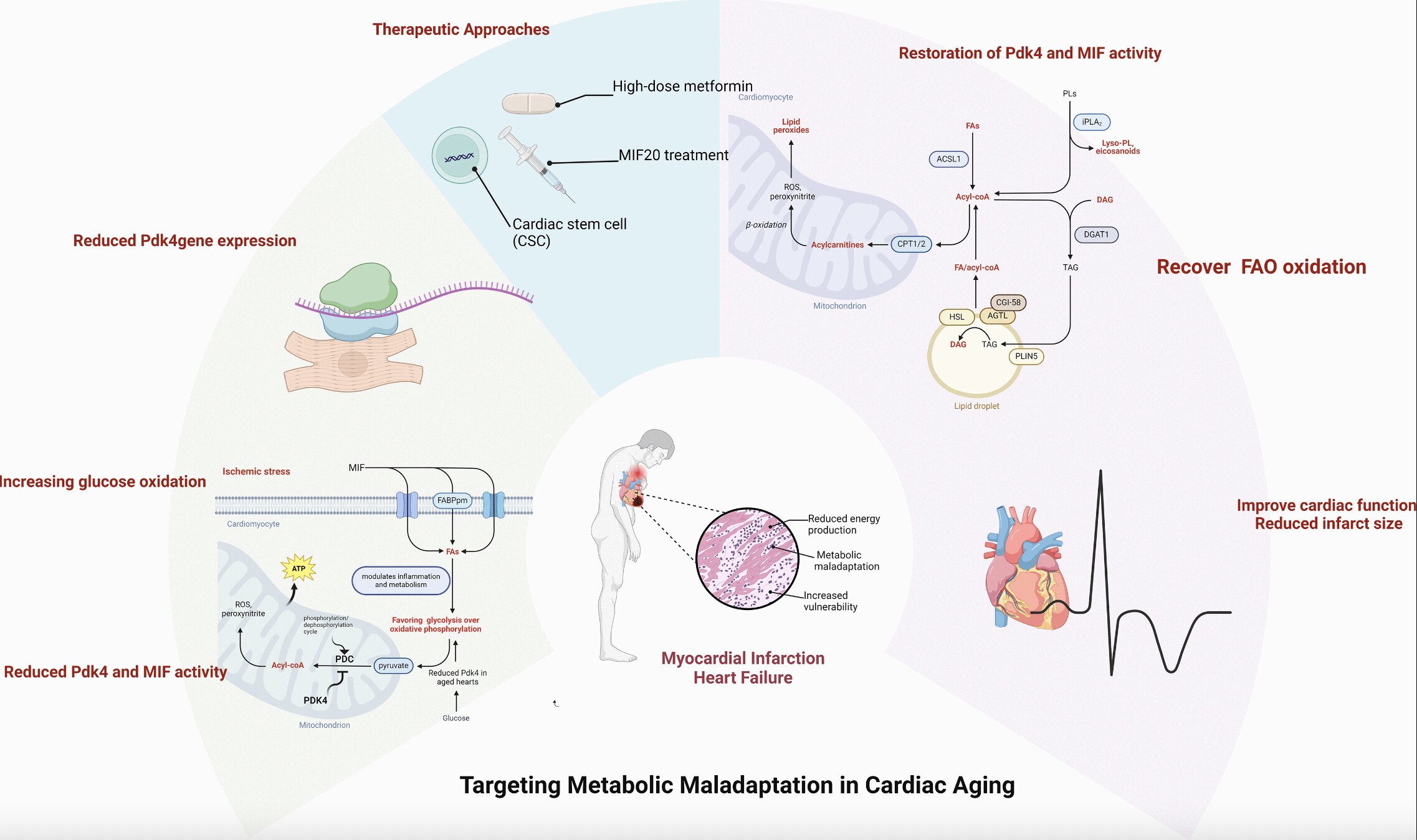Biomedical scientists at LMU have found a new marker in the blood of Covid-19 patients. It furnishes insights into the course and development of the disease and could lead to better diagnoses.
Many people infected with SARS-CoV-2 are either asymptomatic or feel only slightly unwell. Nevertheless, the infections can produce the clinical picture of Covid-19, including inflammations and changes to blood coagulation. Moreover, doctors have observed disorders of the immune system in Covid-19 patients, with low lymphocyte counts in the blood.
“We already knew there was a connection between components of blood coagulation and the immune response,” says Prof. Thomas Brocker, who researches at LMU’s Biomedical Center Munich. “But the causes and the mechanisms were largely unknown.”
In the Journal of Extracellular Vesicles, Brocker and colleagues have now reported about the role of phosphatidylserine in Covid-19. A molecule normally found in cell walls, it could be significant for pathophysiological mechanisms relating to the immune system and blood coagulation. And potentially it could also be suitable as a new biomarker for predicting the severity of the disease by means of a blood test.
Study with blood samples from LMU’s Covid-19 register
Brocker’s laboratory had previously developed a test that detects phosphatidylserine in or on blood cells. In the present study, the researchers investigated blood samples from 54 patients from LMU’s Covid-19 register (CORKUM) between April 2020 and February 2021. All patients had Covid-19 to various degrees of severity. In addition, the researchers analyzed samples from 35 healthy and 12 recovered donors. The focus of the study was on peripheral blood mononuclear cells such as lymphocytes and monocytes.
All immune cells were analyzed using the phosphatidylserine test and separated by means of flow cytometry, a physical technique. The instrument created microscopic images of each cell simultaneously. On the basis of the image files, the researchers were able to recognize whether phosphatidylserine was present — and where it was located. This revealed that the immune cells did not carry the signal inside them. “Lymphocytes from the blood of Covid-19 patients were surface-loaded with fragments of blood platelets, which we were able to demonstrate based on the signal,” says Brocker. Blood platelets in turn accelerate coagulation. “And so phosphatidylserine could function as a signal transducer for dysregulated inflammatory processes or coagulation disorders in patients with Covid-19; that is to say, it could trigger typical Covid-19 changes,” conjectures the LMU scientist.
A new marker for Covid-19
The measurements also revealed a connection between the severity of Covid-19 and phosphatidylserine. Elevated values during the active phase of Covid-19 correlated strongly with the severity of the disease and could ultimately lead to better diagnoses. “As a marker, phosphatidylserine outperformed established lab markers for inflammatory processes in the body, for leukocytes, and for coagulation factors that are currently used for the clinical evaluation of Covid-19,” says Brocker. Various laboratory parameters are presently used for classification and form the basis of the WHO scale from zero points (healthy) to eight points (dead from Covid-19).
Brocker’s system is still designed for research laboratories, as very few hospitals have flow cytometers with imaging capabilities. Therefore, the LMU researchers now want to determine whether ordinary flow cytometers — of the kind that many hospitals have in their laboratories — are also suitable for measurement.

